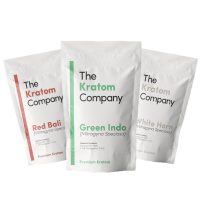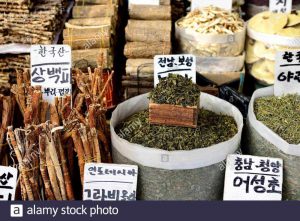Home » How to Consume Kratom and How NOT to Consume Kratom
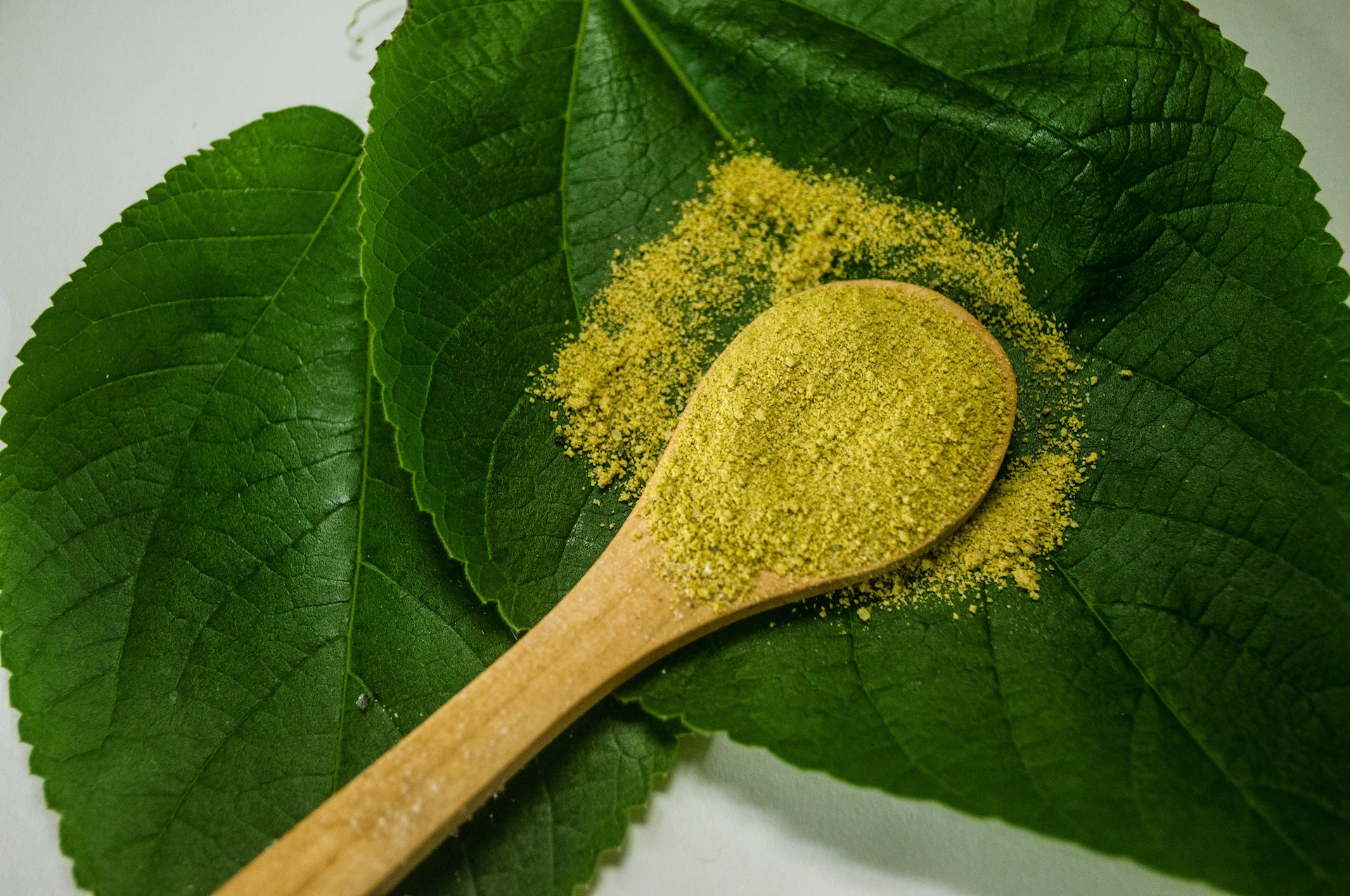
How to Consume Kratom and How NOT to Consume Kratom
- Anthony Dent, Founding Member
- No Comments
A Comprehensive Guide for How to Use Kratom Powder & Other Kratom Products
As kratom continues to grow in popularity, the question of how to ingest it grows more relevant. There are numerous types of kratom products on the market, each with its own good and bad ingestion methods. The real question is how to consume kratom in a way that promotes the maximum benefit and the most positive experience.
The optimal method will ultimately depend on the type of product. For instance, the best practices for how to use kratom powder are different from the best practices of how to consume kratom leaves and kratom capsules.

How to Use Kratom Powder
Kratom powder is the most popular type of kratom product on the market and one of the purest. The fresh kratom leaves are ground down into a fine powder, tested for safety, and packaged for sale.
Kratom powder is commonly enjoyed in the same manner as protein powder, creatine powder, and other supplement powders. The same preparations you use for those products translate well to kratom powder. As a brief caveat, though, you might want to avoid using water alone as a carrier for your kratom powder—unless you want to experience the full earthy flavor of the herb.
How NOT to Consume Kratom Powder
“Parachuting” kratom, or taking the powder as is, can be a somewhat unpleasant experience since you’re essentially eating the raw leaf. Since nature didn’t do us the favor of pre-flavoring the kratom leaf, a bit of prep work can go a long way.
In addition, do not attempt to smoke or snort kratom. The decarboxylation level for kratom means its alkaloids will be burnt up and no benefit will be derived from using it this way. Furthermore, inhalation of burnt plant material is generally not good for your health.
How to Consume Kratom Capsules
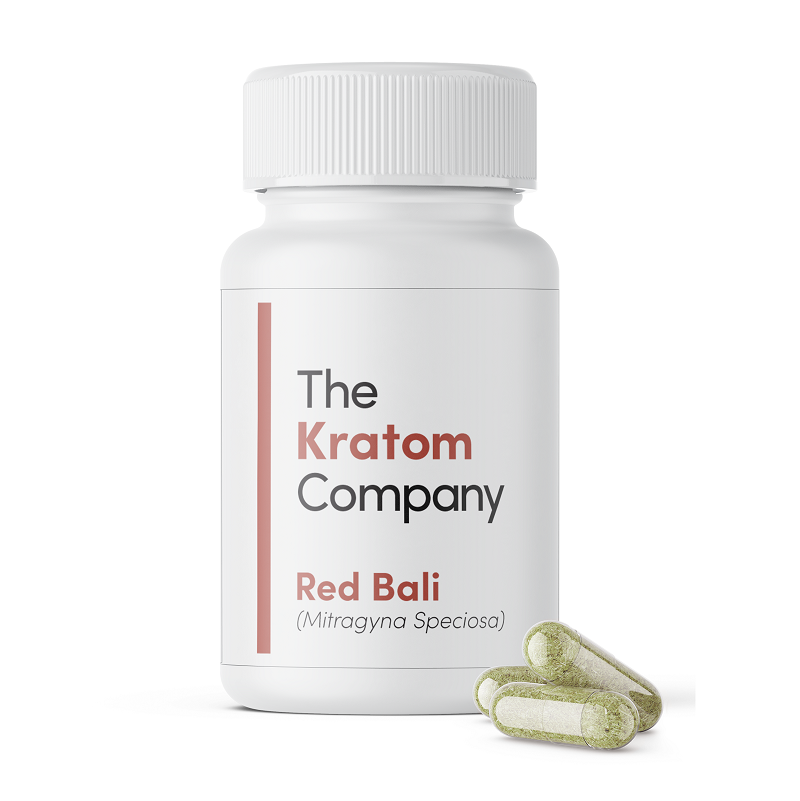
Gelatin or vegetable glycerin capsules are the easiest method of ingesting kratom. With kratom capsules it’s easy to track your dosage and they’re portable and discreet. You won’t find a more convenient way to enjoy your evening allotment of Red Bali (or whatever strain strikes your fancy).
How NOT to Consume Kratom Capsules
Kratom capsules are pretty foolproof. The biggest mistake you can make is overdoing it when the effects don’t kick in right away. Capsules have a slower onset of action, so if you don’t notice the effects within the first 30 to 45 minutes, just be patient a bit longer. In addition, don’t bite, open, or puncture the capsule—unless you want to taste the herb’s flavor.
How to Consume Kratom Tea
Used in ceremonies for thousands of years, kratom tea has long been a favored method of ingestion. Much like capsules, kratom tea offers the added benefit of removing much of the negative flavor associated with kratom—and often for less than what you’d pay for capsules. It’s as simple as you want it to be: get near boiling water and drop your kratom inside. Strain it over your mug and enjoy. If the flavor bothers you, honey or sugar can be added to make it more enjoyable.
Kratom tea tends to also be easier on the stomach. A small number of kratom users have reported feeling mild digestive issues when consuming large amounts of the powder. The powder and non-water-soluble compounds are removed from the final product when it’s boiled and strained, thus people with sensitive stomachs find kratom tea easier on the system.
How NOT to Consume Kratom Tea
Be careful about combining kratom with other herbal teas, especially if you’re new to kratom. You may experience heightened, unpleasant, or unanticipated effects as the alkaloids from the kratom mix with the active compounds in the tea.
Other Kratom Consumption Methods to Avoid
As you read more about kratom and connect with others in the kratom community, you may hear about other consumption methods. We’ve already highlighted the optimal consumption methods, but there are a couple of other methods that should be addressed.
Chewing Leaves
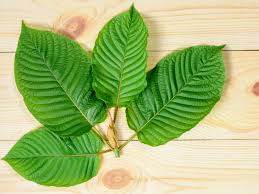
This is a rather uncommon method in the western world but it’s the traditional way to use kratom. Kratom became popular not only as a ritualized, mood-enhancing religious product but as a recreational botanical for field workers in the ancient Pacific Island chain. They would chew on the leaves through the day to endure the hot sun and long hours imposed by their feudal lords.
Now nearly all kratom is sold in its powdered form and leaf-chewing has fallen out of style. For a variety of reasons, this is not an optimal method of ingestion. However, if you do feel so inclined, make sure you wash the leaves and try not to eat the stems.
Toss and Wash
The toss-and-wash method involves “washing down” a kratom product (usually powder) with a beverage or food. It’s probably the least desirable method as many kratom users have reported the bitter taste of the plant constitutes a less than pleasant experience. If time or convenience require you to take the kratom powder as is, here are some suggestions:
- Mix your kratom with yogurt or applesauce.
- Use chocolate milk to wash down the flavor (if no chocolate milk is available, use anything available that isn’t water; even a squirt of lemon juice will help).
- If combined with a liquid (ideally water) and left to dry, kratom can be made into a paste which some users feel is easier to consume.
- Don’t take too much powder at once; an excess of any powdered substance in the mouth can cause unwanted reactions.
Ensure a Positive Kratom Experience
Once you understand how to consume kratom the right way, you can enjoy the full effects without suffering a bad taste in your mouth. The key is not to overthink it. Just stick with all-natural powders and capsules, and avoid the mistakes highlighted in this article.
Most importantly, watch your dosages carefully! Start slow, listen to your body, and know your limitations. Happy kratoming!
Featured Products
-
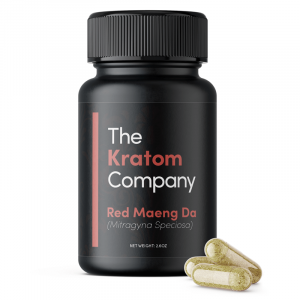 From $24.00Select options This product has multiple variants. The options may be chosen on the product page
From $24.00Select options This product has multiple variants. The options may be chosen on the product page -
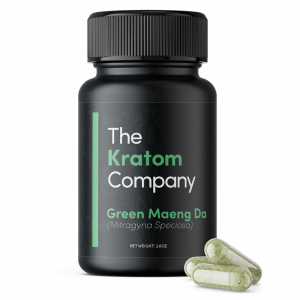 From $24.00Select options This product has multiple variants. The options may be chosen on the product page
From $24.00Select options This product has multiple variants. The options may be chosen on the product page -
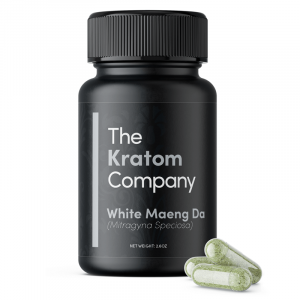 From $24.00Select options This product has multiple variants. The options may be chosen on the product page
From $24.00Select options This product has multiple variants. The options may be chosen on the product page
Explore More Posts
Product Search
Featured Products
-
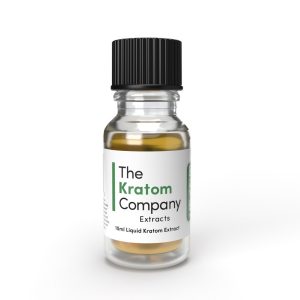 Pure Kratom Liquid Extract
Rated 4.72 out of 5From $20.00
Pure Kratom Liquid Extract
Rated 4.72 out of 5From $20.00 -
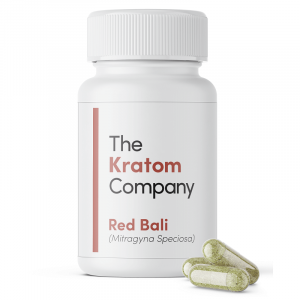 Red Vein Bali Kratom Capsules
Rated 4.70 out of 5From $24.00
Red Vein Bali Kratom Capsules
Rated 4.70 out of 5From $24.00 -
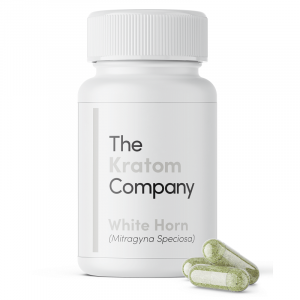 White Horn Kratom Capsules
Rated 4.88 out of 5From $24.00
White Horn Kratom Capsules
Rated 4.88 out of 5From $24.00
Follow Us
Strains
Blogs
NEWSLETTER
Sign up for our newsletter!

These statements and products presented on this website have not been evaluated by the Food and Drug Administration FDA. The products mentioned on this website are not intended to diagnose, prevent, treat or cure any diseases or health conditions. Therefore any information on this website is presented solely as the opinions of their respective authors who do not claim in any way shape or form to be medical professionals providing medical advice. The KRTM Company and its owners or employees cannot be held responsible for, and will not be liable for the inaccuracy or application of any information whatsoever herein provided. By purchasing our products you agree that you are aware and in compliance with your local county, state, or federal regulations. Must be 21 years or older to purchase Kratom. The US FDA has not approved kratom as a dietary supplement. We do not ship to the following states, cities and counties in the US where Kratom is banned: Alabama, Arkansas, Indiana, Rhode Island, Vermont, Wisconsin, Sarasota County, FL, Union County, MS, Denver, CO, San Diego, CA, and Jerseyville, IL.

